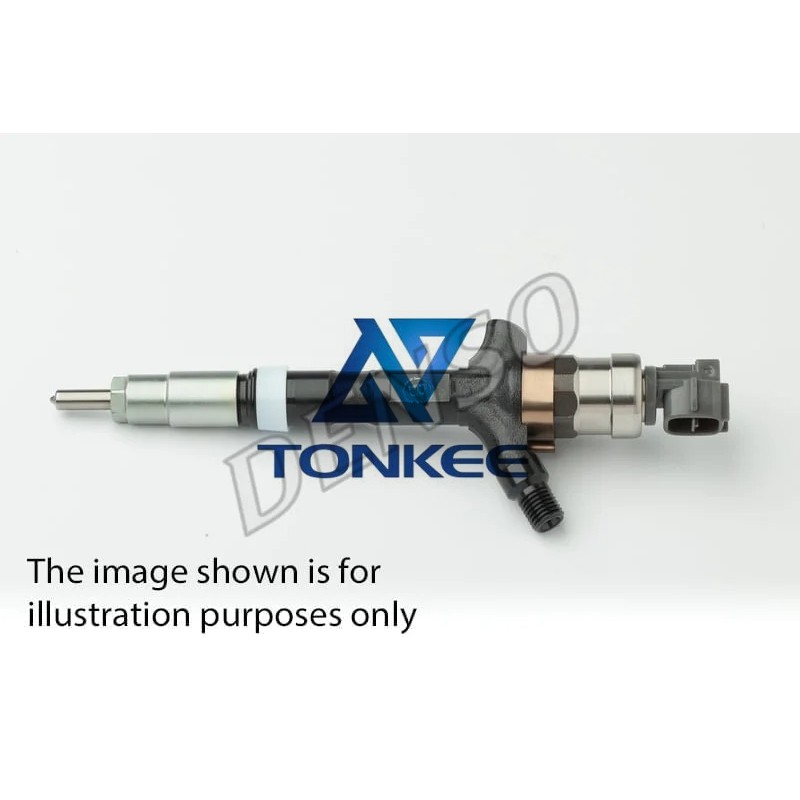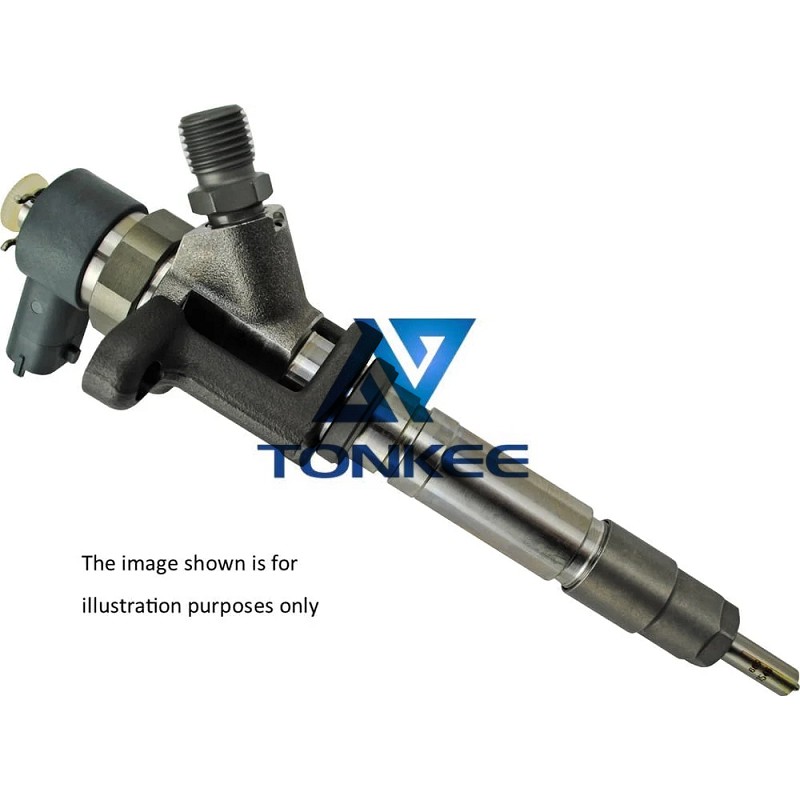
Common Rail Technology: The Denso 295050-0232 injector utilizes common rail technology, where fuel is stored at high pressure in a common rail and then injected into the combustion chamber as needed.
This allows for more precise control over fuel delivery, resulting in improved combustion efficiency and reduced emissions.
High Pressure: This injector operates at extremely high pressures, typically in the range of 1,500 to 2,000 bar (21,750 to 29,000 psi). The high pressure ensures that the fuel is finely atomized, promoting better combustion and power output.
Precise Injection Control: The injector features advanced solenoid or piezoelectric actuators that precisely control the timing and duration of fuel injection. This level of precision contributes to reduced noise, improved fuel economy, and lower emissions.
Durability: Denso is known for producing high-quality, durable components. The 295050-0232 injector is designed to withstand the harsh conditions within an engine, including high temperatures and pressures. This ensures a longer service life and minimal maintenance requirements.
Improved Combustion: By delivering fuel in a finely atomized form, this injector promotes more efficient combustion. This, in turn, leads to reduced fuel consumption and fewer harmful emissions, making it an eco-friendly choice for diesel engines.
Working Principles:
The Denso 295050-0232 Common Rail Diesel Injector operates based on the following principles:
High-Pressure Fuel Supply: Fuel is supplied to the injector from the common rail at extremely high pressures.
The injector is equipped with an internal piston and a nozzle that controls the flow of fuel.
Injection Timing: The injector's electronic control unit (ECU) or engine control module (ECM) calculates the precise timing for fuel injection based on engine parameters such as RPM, load, and throttle position. This information is crucial for optimizing power and efficiency.
Solenoid or Piezoelectric Actuator: The injector's solenoid or piezoelectric actuator receives signals from the ECU, which determine when the injector should open. When the actuator is energized, it lifts the injector's internal piston, allowing fuel to be injected into the combustion chamber.
Atomization and Combustion: The high-pressure fuel is forced through a tiny nozzle, resulting in fine fuel droplets that mix thoroughly with the air in the combustion chamber. This finely atomized fuel promotes efficient and clean combustion.



 English
English Русский язык
Русский язык



